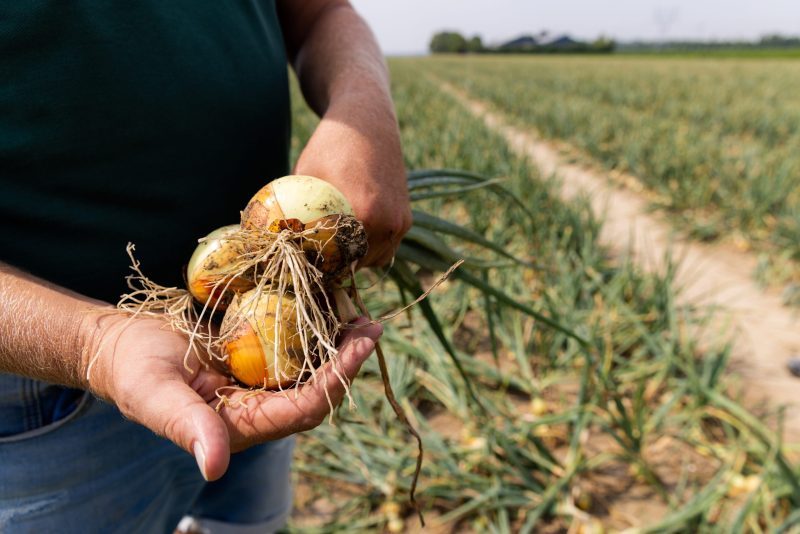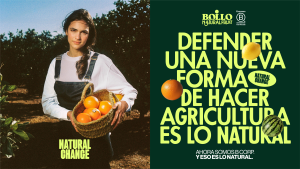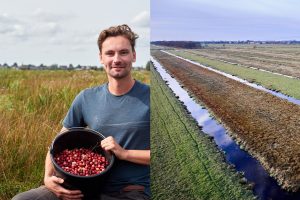The company Koppert España is obtaining excellent results in the biological control of pests and diseases in onions, as well as in other open-air crops such as leeks and garlic. Koppert has been working since 2017 in the main geographical areas of Castilla y León, Castilla-La Mancha and Andalusia, where they concentrate on these three highly important crops, with productions going to both the national and the export markets.
They started developing the first protocols six years ago, and over all this time the company has kept its own technical action protocols up to date. In the beginning, the technical department at Koppert Spain detected that most of the chemical pesticides used on onions had generated resistances in the pests. Consequently, producers were suffering from a generalised loss of effectiveness of many chemical products, and they needed other safer and more sustainable means to guarantee the vegetable protection in their crops.
The protocols developed by Koppert for onions stand out because they include a combination of beneficial macro-organisms and micro-organisms that allow incidences in the plant and also in the soil to be controlled. Koppert has been a pioneer in Europe in the onion crop, using vegetative hedges with Lobularia maritima, aimed at offering Orius laevigatus (a natural enemy of the Trips that Koppert markets with the brand name Thripor-L®) a natural shelter and a food source when the onion plant is not flowering.
The strategy based on the use of Lobularia has been successful because it has greatly helped Orius to be installed in onion crops and it has allowed the Trips pest to be effectively controlled. Koppert recommends using two Orius individuals per square metre when the plant has developed the first 4 or 5 leaves, around the first month of growth after the sowing date.
The strategy in onions has been completed with the use of beneficial micro-organisms to control the Trips larvae that emerge from the soil. To do this, the entomopathogenic nematode Steinernema feltiae (Capirel®) has proved its great efficiency and it also works on a twofold scale, as it can also effectively control onion fly (Delia antiqua) at the same time. Accordingly, Koppert recommends using from one to two boxes of 1,500 million individuals per hectare, depending on the intensity of the pest.
Soil and root health
Koppert’s biological control protocol for onions also takes into account soil health and root protections. Therefore, the biofungicide Trianum® (formulated using the beneficial fungus TrichodermaharzianumT-22) takes on particular importance, as this 100% natural biofungicide creates a protective shield against soil diseases transmitted by fungi.
Koppert’s protocols for biological control in onions, leeks and garlic are pioneers in Spain and they are currently a model to follow. In fact, every year Koppert implants its procedures on more hectares. Likewise, it is worth mentioning that the work protocol developed in Spain has already started to be applied in other European countries.




















